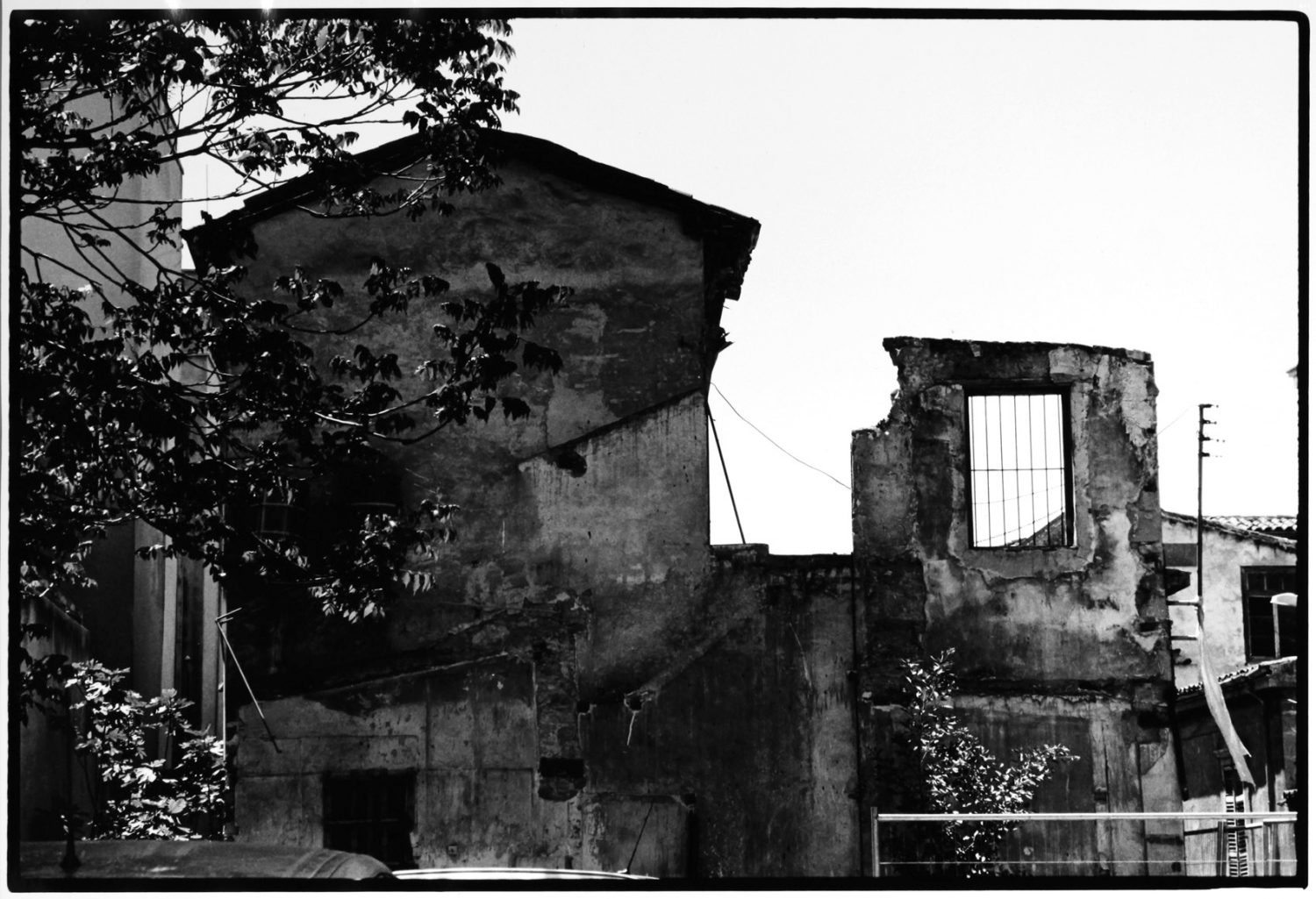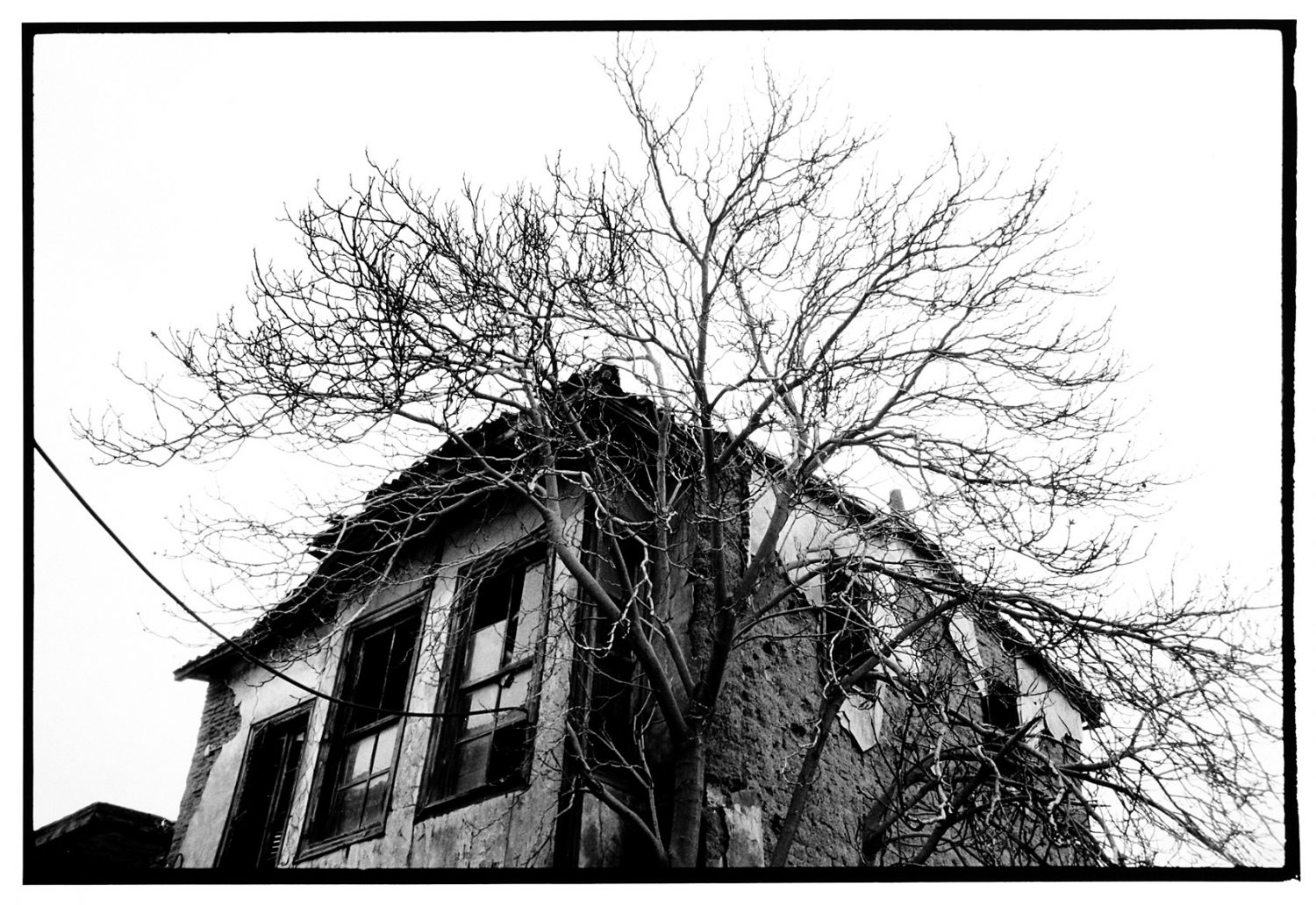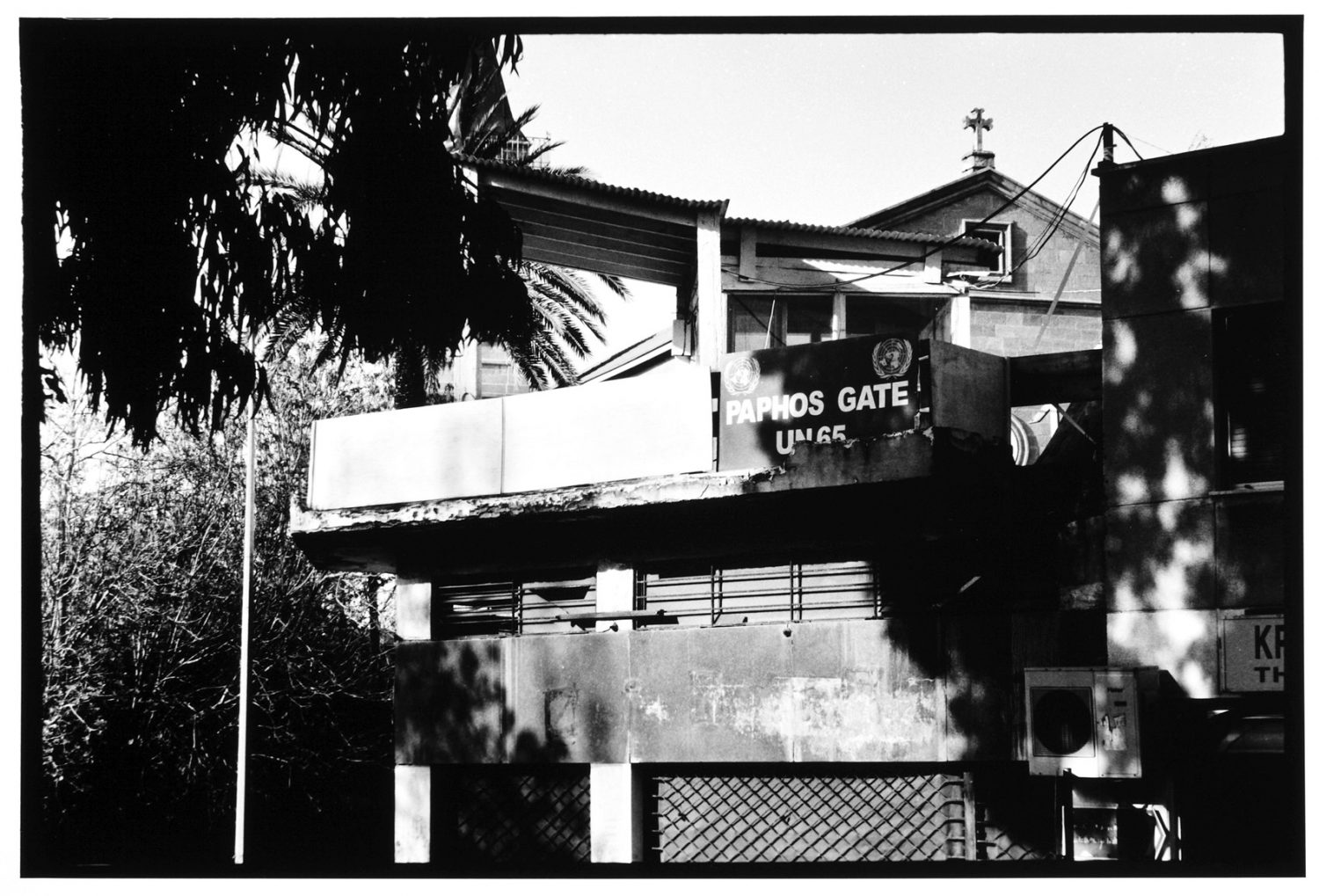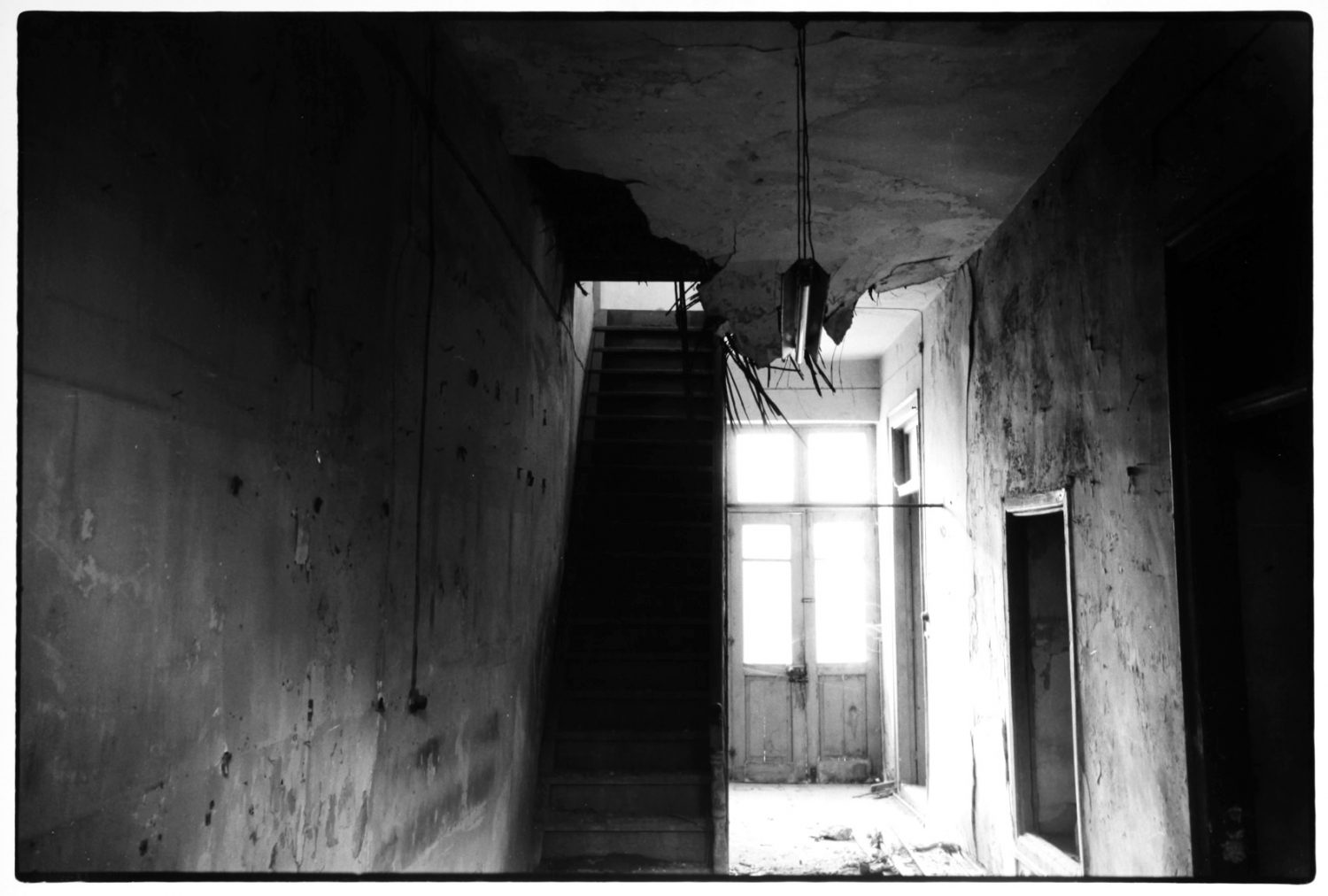Broken Dreams – The Architecture of War
Buildings are commonly perceived as being very permanent, not only because of their structural integrity, but because they give us a sense of belonging (houses, shops etc.) or they connect us with our history or social origins (churches, historical monuments). For this reason we are fascinated and disturbed in equal measure when buildings are destroyed, sometimes by natural disasters such as earthquakes, or by man-made consequences such as wars. Whenever such disasters occur it is the political will and economic conditions that usually determine the rate at which reconstruction takes place. In general the desire to rebuild after a war or cataclysm is quite strong and possibly reflects humanity’s desire for progress and development. The nuclear disaster of Fukushima is one such case of rapid reconstruction, and may be interpreted also as a bid to forget, and to move on. By contrast earthquake victims in less developed countries may spend several years in emergency camps before any rebuilding gets under way. The social and economic consequences of war are very different from those of natural or industrial disasters and the case of Cyprus is compelling because the war of 1974 has until today not been politically resolved. For this reason the war of 1974 has held the country in a kind of emotional status-quo for forty years.
In my photographic essay on Cyprus I have endeavored to document this state of unresolved conflict through the lingering remnants of military activity and abandoned vernacular architecture. Uninhabited or partially demolished, these structures serve as uncomfortable monuments of Cyprus’s recent history. Unlike the monuments we erect to commemorate the victims of wars or great battles fought, these monuments seem to silently and painfully commemorate the thousands of broken dreams of a peaceful island.
In his essay entitled Temporary Ruins the Japanese photographer Ryuji Miyamoto speaks of a “…time tunnel that releases individual structures from their original purpose, and thus brings the buildings into existence.” In Cyprus homes that were the nests of families have mutated into a new existence as testaments of social displacement. Disused military installations become monuments of conflict and battlefields where hundreds of soldiers fell are transformed into green parks of an elusive peace.
The exhibition was officially part of Pafos 2017 European Capital of Culture.








